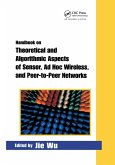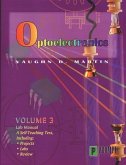Road accidents cause significant harm globally. Vehicular Ad Hoc Networks (VANETs) enhance safety by broadcasting alerts between vehicles. Optimizing the Medium Access Control (MAC) protocol improves message delivery efficiency. The proposed solution adjusts contention window (CW) size based on network density, using a Markov chain model for both saturation and unsaturation conditions.Cooperative relays and control packets like NACK and Enable to Cooperate (ETC) boost reliability. Smaller CWs suit sparse networks, while larger ones prevent collisions in dense scenarios. A smart broadcast protocol with fuzzy logic selects optimal relays and CW sizes, enhancing stability and reducing delays.Simulations in MATLAB and NS3 confirm better performance across densities, improving communication reliability for safer roads.
Bitte wählen Sie Ihr Anliegen aus.
Rechnungen
Retourenschein anfordern
Bestellstatus
Storno








